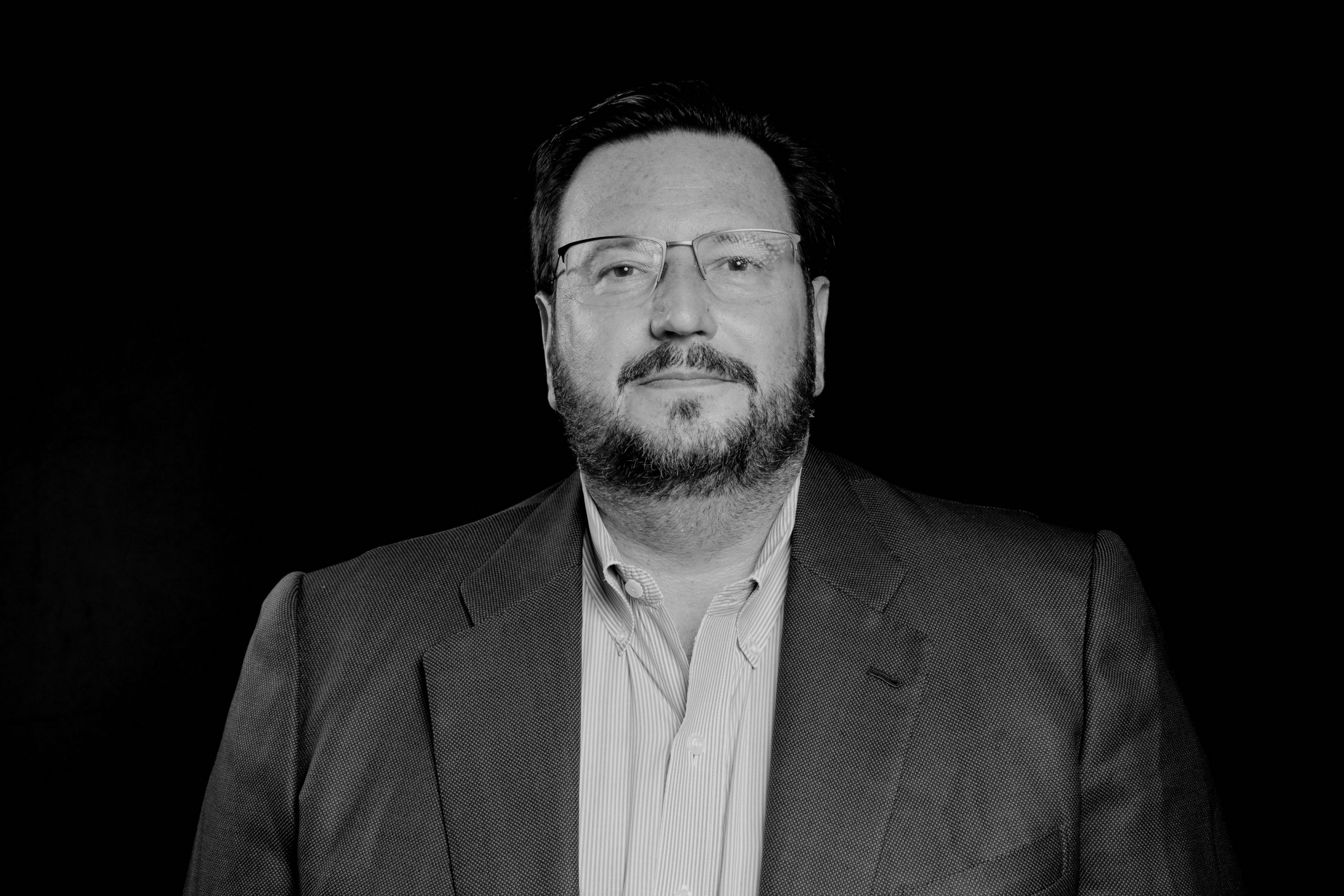The Democratization of Alternative Investments Has Become a Key Factor in Restructuring the Portfolios of Individual Asset Owners. In just under twenty years, alternative investment assets under management have quintupled, driven mainly by institutional allocations.
In this analysis, Sandy Kaul – Senior Vice President, Head of Industry Advisory Services at Franklin Templeton – writes in CAIA’s study “Crossing the Threshold – Mapping a Journey Towards Alternative Investments in Wealth Management” about the current state of the industry and its possible future.
Understanding the democratization of alternative investments is not just about analyzing figures; it is also about “understanding how this transformative trend alters capital raising norms, changes corporate DNA, and fundamentally redefines who can participate in the broad range of investment opportunities,” the expert argues.
The importance – she continues – lies not only in the figures but also in the empowerment of investors, the evolution of market dynamics, and the new frontiers of financial accessibility that drive innovation and change.
The growth of alternative investments has been one of the defining trends of recent years: between 2005 and 2023, alternative investment assets under management increased from $4 trillion to $22 trillion, representing 15% of global assets under management during that period.
One impact of the record growth in alternative investments, particularly private equity, has been a shift in capital raising patterns, according to Kaul. “Historically, most companies needed to access public markets to obtain the capital necessary to maintain their growth trajectory. With the abundant availability of venture capital and private equity funds, that pattern has changed,” she states.
Between 2000 and the end of 2020, the number of publicly listed companies decreased by 38%, from 7,810 to 4,8145. Meanwhile, the number of unicorns – private companies valued at over $1 billion – has increased: the first unicorn appeared in 2005 (Alibaba); twenty years later, there are more than 900.
The expert argues that the impact of this trend is that, proportionally, fewer small- or mid-cap companies are available in the public markets. “Whereas previously all investors could access these growth opportunities through the public markets, now only those investors who meet the requirements to invest in private funds have the opportunity to access them,” she states.
New Ways to Facilitate Access for Retail Investors
Now, finding ways to access a more democratized group of investors has become a new goal for alternative asset managers. Key firms have launched private wealth divisions and have added staff dedicated to working with advisor networks and creating new products that offer innovative structures with lower minimums, no deductions, simplified tax reporting, and regular liquidity windows.
However, the expert specifies that only a limited number of alternative firms have the resources or willingness to directly address the wealth management channel. To address this, many have opted to affiliate with broader asset management platforms and allow organizations that are already well established in the wealth channel to handle the logistics, regulatory compliance, and product creation necessary to reach these investors.
For their part – Kaul continues – many of the largest asset management platforms are open to these arrangements, as they see opportunities to better serve their clients and add new products that can help mitigate margin compression.
There have also been acquisitions among the main fund providers. For example, BlackRock announced in June 2023 the acquisition of European private debt firm Kreos, and in early 2024, Global Infrastructure Partners. Franklin Resources announced multiple acquisitions in the alternatives sector, including European private credit firm Alcentra (2022), secondary markets firm Lexington Partners (2021), private real estate manager Clarion Partners, and alternative credit manager Benefit Street Partners (2019). T. Rowe Price announced plans to acquire Oak Hill Advisors in 2021, and in that same year, Vanguard announced a strategic alliance with HarbourVest.
New Types of Alternative Products
In this context, the expert notes that various product structures are being explored to drive greater sales of alternative exposures to the wealth management channel. These include:
Feeder Funds. The most common approach in recent years has been to work with a technology intermediary to help create feeder funds capable of pooling an advisor’s clients to reach the minimum investment threshold required to subscribe to a private fund.
Interval Funds. Closed-end, illiquid alternative funds offered directly to investors and not publicly traded. Their price is calculated daily based on net asset value (NAV). Investors have the periodic opportunity to resell shares directly to the fund at NAV at specific intervals (e.g., monthly or quarterly).
Business Development Companies (BDCs). These closed-end capital structures are vehicles used to raise capital that will be allocated to lending to U.S. companies, public or private, with a market value below $250 million. These are generally small, emerging, or distressed companies overcoming financial obstacles. BDCs must distribute 90% of their income to shareholders to avoid corporate income tax. There are both listed and non-listed versions of BDCs.
European Long-Term Investment Funds (ELTIFs). Specifically designed to allow anyone to invest in unlisted European companies and long-term assets such as infrastructure. The original regulation came into effect in 2015 but was considered too restrictive, a situation that the ELTIF 2.0 regulation, activated in January 2024, could address.
Tokenized LP Shares. Tokenization is a new approach being used to explore the possibility of making alternative exposures more accessible to investors.
New Classes of Individually Focused Alternative Assets Are Also Emerging
In addition to the democratization of traditional alternatives, a new set of digital alternatives has also emerged, which “includes peer-to-peer lending platforms, equity, debt, real estate crowdfunding, fractional investments in collectibles, and cultural assets such as wine, art, and cryptocurrencies.”
What unites these offerings, according to the expert, is their go-to-market approach. “Instead of relying on a broker or wealth advisor, individuals can access the information they need to make their own investment decisions and execute them at will,” she explains, adding that while the types of products are very diverse, the platforms that enable access to all of them have several features in common:
Accessibility and Ease of Use. Individual investors can directly access each offering in this category via the internet or their mobile phones. Registration and account activation are done online and are usually completed within minutes.
Reduced Minimum Investment. Investment minimums are low so that individuals can participate.
Multiple Liquidity Options. Both liquid and illiquid assets are offered, from cryptocurrencies accessible 24/7, 365 days a year, to platforms like Moonfare, with $2.2 billion in assets under management, allowing individuals and their advisors to invest in selected private equity funds.
“In a sense, these new types of digital frontier offerings are becoming alternative markets. While retail versions of more traditional alternatives may be preferred by higher-net-worth individuals in advised portfolios, digital frontier assets offer almost all retail investors a way to diversify their portfolios,” Kaul states.
The expert concludes that managing these trends becomes “fundamental for investors,” as the rapid growth of alternative investments evolves and is reshaped by changes in global capital markets.
Furthermore, as changes in capital formation and value creation continue to test the significant relationship between public and private markets, “it is likely that the asset management industry will continue creating innovative ways to expand access for retail investors.”



 By Emilio Veiga Gil
By Emilio Veiga Gil
